Field Work. Rob Kesseler from Polka Dot Films on Vimeo.
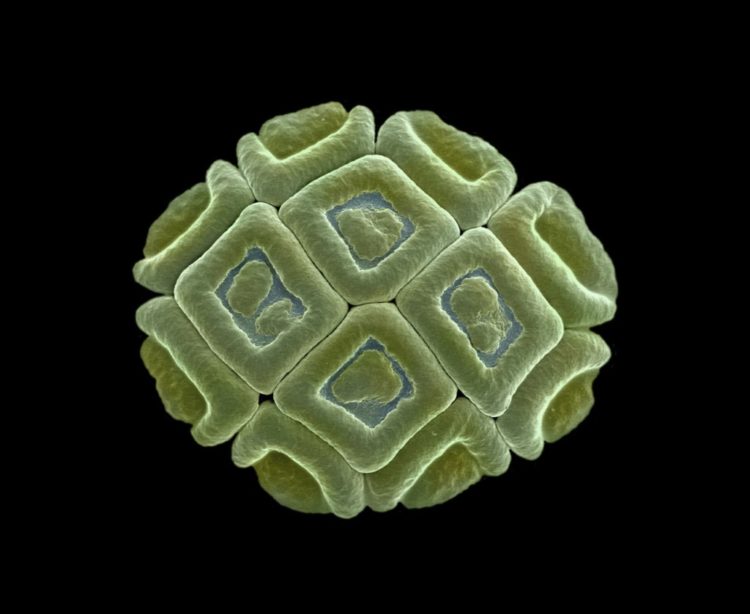
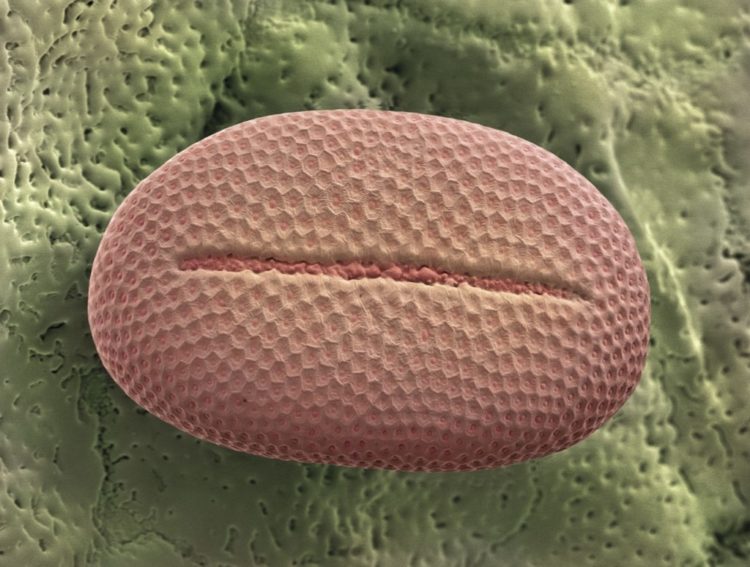
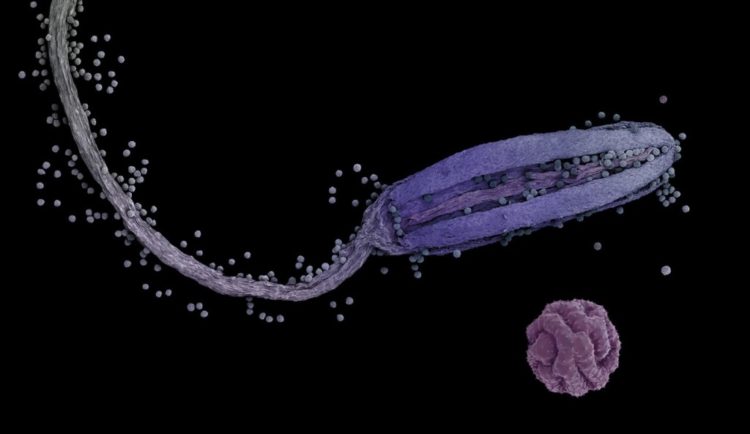
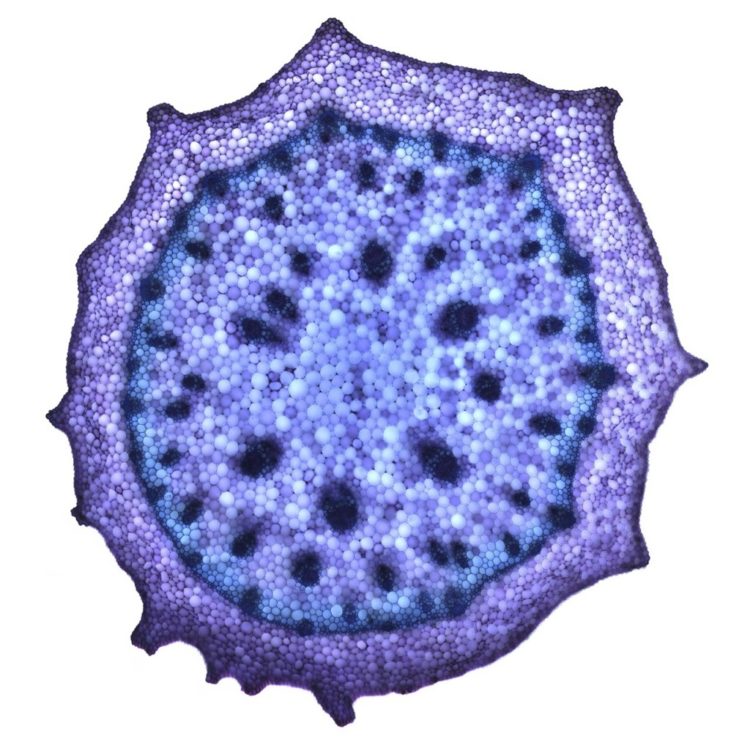
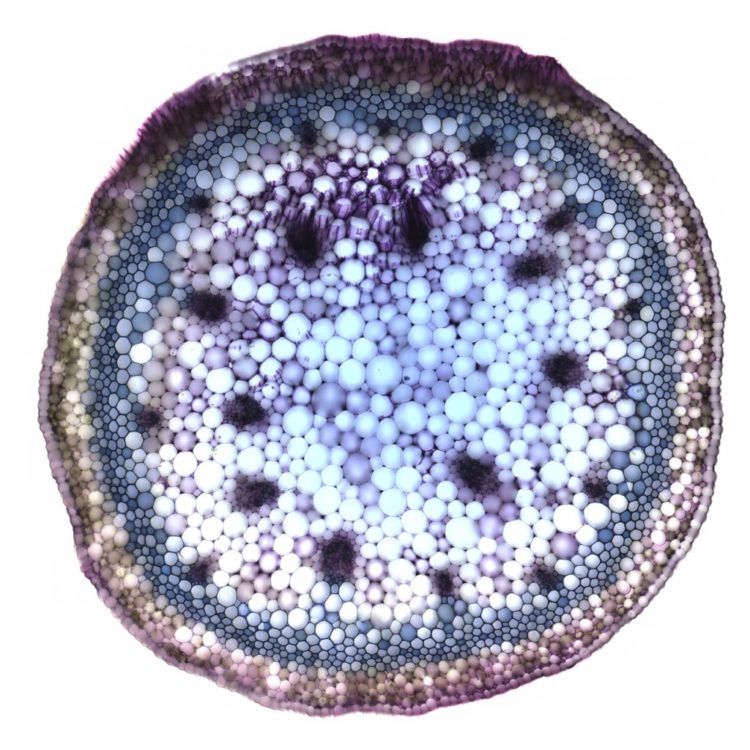
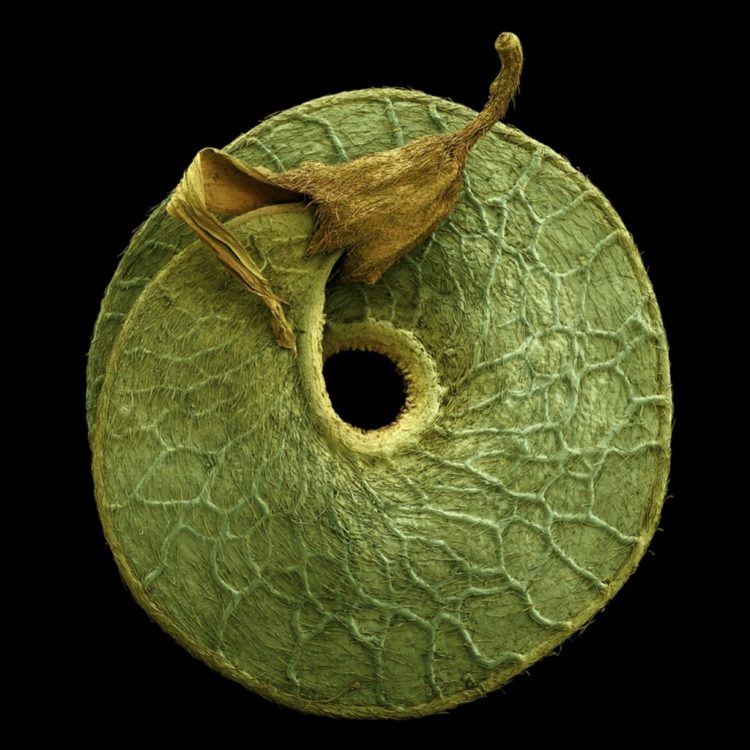
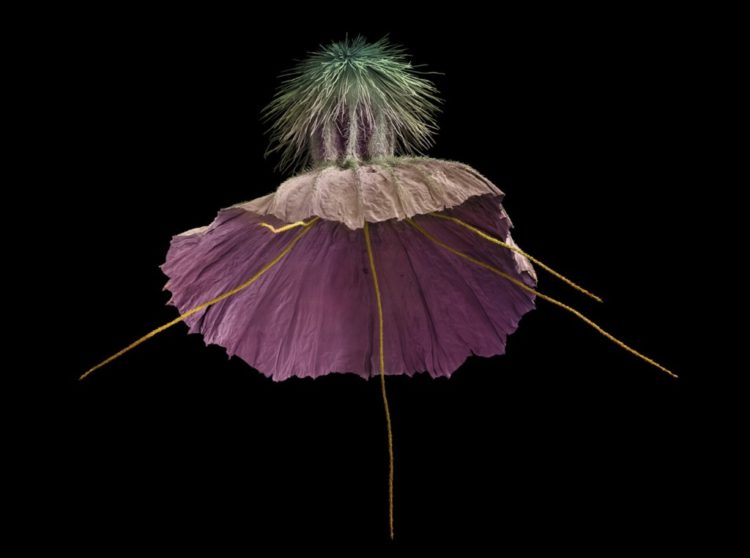
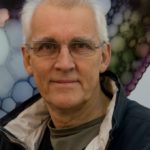
Convergent Territories
Art and Science is both a process and a product, a morphogenetic synthesis of two expansive cultures and a way of examining the world through a series of filters. These filters are applied through controlled experiment to observe and record pattern and difference, and the results processed and translated into various forms for reference and dispersal.
To move out into another’s territory, to engage with their discipline in a way that goes beyond the superficial and poorly informed, to share ideas and to explore areas of commonality and difference is a privilege. As someone who failed all my science subjects at school there is a sense self-inflicted irony in that that I now spend much of my time as an artist collaborating with scientists. It is perhaps because of this early handicap that I have always made it an essential part of my practice to learn as much as I can about the field I am entering in order to enable meaningful and equal exchange and create work that transcends superficial appropriation of methods and images. This has had significant consequences, respect from the scientists I work with, confidence in the artistic and scientific status of the work I produce and the acknowledgement of an ever-expanding audience.
With a fascination for the way in which the natural world migrates into many aspects of our daily lives I seek to reveal a micro-cosmos of complex structures and ornamental patterns. Extending the long and illustrious history of artists working with flowers and plants, I strive to reveal a hidden world lying beyond the scope of the human eye producing work that lies somewhere between science and symbolism, in which the many complexities of representing plants are concentrated into mesmeric visual images and objects.
Through extensive collaboration with scientists I prepare all his own specimens in the lab and use a range of complex microscopy processes to create multi-frame composite images of pollen, seeds and other internal plant organs. Using a sophisticated coordination of hand, eye and intuition, these are modified by the addition of many subtle layers of colour to reflect functional and structural characteristics to create intense large format photographs. The images form part of a body of work which explores many modes of representation, from spontaneous ink and dye drawings to cyanotypes.
Rob Kesseler
Field Work. Rob Kesseler from Polka Dot Films on Vimeo.








